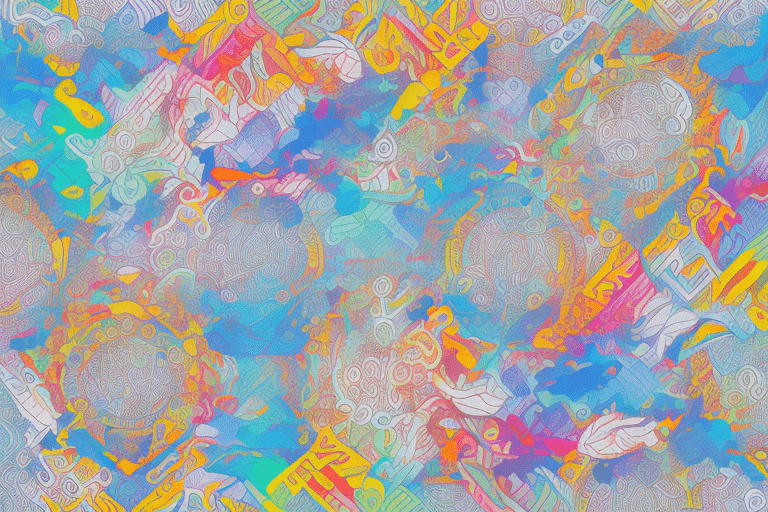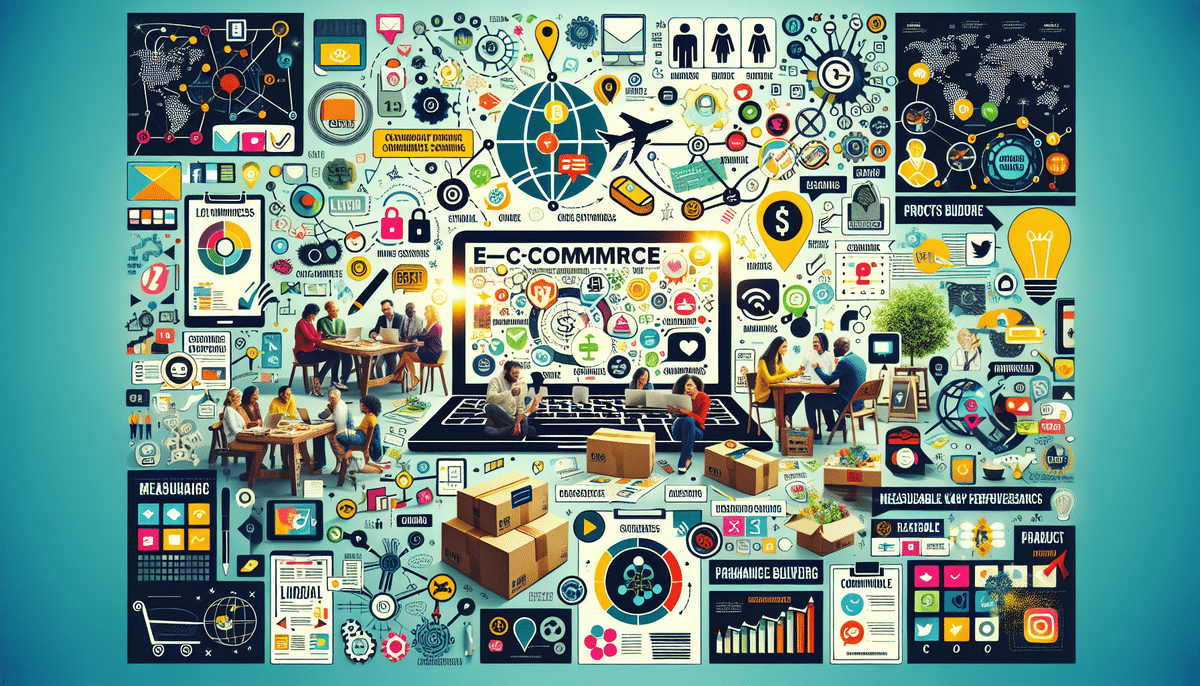Importance of Packaging Design Customization
Packaging design customization is a pivotal aspect of branding that can significantly influence consumer perception and product success. Customized packaging sets your product apart in a crowded market, enhancing brand identity and fostering customer loyalty.
- Brand Differentiation: Unique packaging helps your product stand out on shelves, capturing consumer attention amidst numerous competitors.
- Customer Trust and Loyalty: Personalized packaging demonstrates attention to detail and commitment to quality, building trust and encouraging repeat purchases.
- Targeted Marketing: Tailoring packaging to specific demographics increases the likelihood of appealing to your ideal customer base.
- Cost Efficiency: Investing in high-quality packaging can reduce damages during transit, minimizing returns and replacements.
Impact on Consumer Perception
The packaging is often the first interaction a consumer has with a product, making it crucial in shaping perceptions about quality, value, and brand identity.
First Impressions Matter
A well-designed package communicates professionalism and quality, influencing purchasing decisions at the point of sale.
Communicating Brand Values
Packaging can reflect a brand's commitment to sustainability, luxury, or innovation, aligning with consumer values and preferences.
Perceived Value
High-end packaging can justify premium pricing by conveying exclusivity and superior quality, while minimalist designs can appeal to modern, cost-conscious consumers.
Benefits for Your Brand
Customized packaging offers numerous advantages that extend beyond aesthetic appeal, contributing to overall brand strength and market performance.
Enhanced Brand Recognition
Consistent and distinctive packaging fosters brand recognition, making your product easily identifiable in various retail environments.
Storytelling and Emotional Connection
Packaging can tell your brand’s story, creating an emotional connection with consumers that fosters loyalty and advocacy.
Operational Efficiency
Customized packaging can be designed for optimal storage and transportation, reducing costs and improving supply chain efficiency.
Creating Effective Packaging Design
Developing an effective packaging design requires a deep understanding of your target audience, market trends, and the functional aspects of packaging.
Understanding Your Audience
Conduct market research to identify the preferences, behaviors, and needs of your target consumers. Tools like Qualtrics can aid in gathering valuable insights.
Market Trends and Data
Stay updated with the latest packaging trends and incorporate relevant data to ensure your design resonates with current consumer preferences. According to a McKinsey report, sustainable packaging is increasingly favored by consumers.
Key Elements of Successful Packaging Design
Balancing aesthetics with functionality is essential for creating packaging that is both attractive and practical.
Branding Elements
Incorporate logos, brand colors, and taglines consistently to reinforce brand identity. Ensure that these elements are prominently displayed and easily recognizable.
Color Psychology
Choose colors that align with your brand’s message and evoke the desired emotional response. For instance, green often signifies sustainability, while red can convey energy and passion.
Typography and Messaging
Use clear and legible fonts that reflect your brand’s personality. Messaging should be concise, highlighting key product features and benefits.
Material Choice
Select materials that not only protect the product but also resonate with your brand values, such as eco-friendly or premium materials.
Structural Design
Design packaging that is easy to open and use, enhancing the overall customer experience. Innovative structural designs can also add a unique touch to your packaging.
Sustainability in Packaging Design
With increasing consumer awareness about environmental issues, sustainable packaging has become a critical component of modern packaging design.
Eco-Friendly Materials
Utilize recycled, biodegradable, or compostable materials to reduce environmental impact. Brands like Patagonia have successfully implemented sustainable packaging solutions.
Minimalist Packaging
Reduce packaging waste by adopting minimalist designs that use fewer materials without compromising functionality or aesthetics.
Reusable and Recyclable Designs
Design packaging that can be easily recycled or repurposed by consumers, encouraging ongoing engagement and reducing waste.
Future Trends and Technologies
Advancements in technology are continually shaping the future of packaging design, offering new opportunities for customization and consumer interaction.
Augmented Reality (AR)
Integrating AR can create interactive experiences, allowing consumers to engage with the brand in innovative ways. For example, AR can be used to provide additional product information or immersive brand stories.
Smart Packaging
Incorporate smart technologies such as QR codes and NFC tags to enhance functionality, track product data, and provide consumers with real-time information.
Minimalistic and Functional Designs
Emphasize simplicity and functionality in packaging design, aligning with consumer preferences for clean and easy-to-use packaging solutions.
Personalization and Customization
Leverage data and technology to create personalized packaging that caters to individual consumer preferences, enhancing the overall customer experience.
Choosing the Right Packaging Designer
Selecting a competent packaging designer is crucial to the success of your packaging customization project. Consider the following factors when making your decision:
Experience and Expertise
Choose a designer with a proven track record in your industry and an understanding of your target market. Reviewing their portfolio can provide insights into their capabilities.
Collaborative Process
Ensure the designer is open to collaboration and can communicate effectively throughout the design process, incorporating your feedback and ideas.
Cost and Timeline
Evaluate the designer’s pricing structure and project timelines to ensure they align with your budget and schedule.
Client Testimonials and References
Seek reviews and references from previous clients to gauge the designer’s reliability, quality of work, and professionalism.
Measuring the Success of Your Customized Packaging Design
Assessing the effectiveness of your packaging design is essential to ensure it meets your branding and sales objectives.
Sales Performance
Analyze sales data before and after the implementation of the new packaging to determine its impact on revenue.
Consumer Feedback
Conduct surveys and focus groups to gather direct feedback from consumers regarding their perception and satisfaction with the packaging.
Brand Recognition and Recall
Measure brand recognition and recall through market research to assess how well the packaging enhances brand visibility.
Social Media Engagement
Monitor social media activity and engagement related to your packaging to gauge consumer interest and interaction.
Case Studies: Successful Customized Packaging Design
Several brands have effectively utilized customized packaging to enhance their brand identity and drive sales.
Nike's Air Max Day
Nike's limited-edition Air Max Day packaging features vibrant, transparent designs that showcase the product, reinforcing the brand's image as innovative and trendy.
Coca-Cola's "Share a Coke" Campaign
The personalized labels featuring customer names significantly boosted consumer engagement and social media interaction, leading to increased sales and brand loyalty.
Top Tools and Resources for Creating and Testing Customized Packaging Designs
Utilize the following tools and resources to streamline the creation and testing of your packaging designs:
- Adobe Creative Suite: Comprehensive design software for creating packaging graphics and typography.
- Proto.io: Platform for developing interactive packaging prototypes.
- UsabilityHub: Tool for conducting market research and user testing to gather feedback on packaging designs.
- Focus Groups: Engage with consumer focus groups to obtain in-depth insights and feedback on your packaging concepts.
In conclusion, packaging design customization is a strategic tool that can significantly enhance your brand’s market presence and consumer appeal. By understanding your target audience, incorporating sustainable practices, and leveraging emerging technologies, you can create effective and memorable packaging that drives brand success. Investing in the right design resources and measuring the impact of your packaging will ensure that your customized packaging strategy delivers sustained growth and customer satisfaction.






















